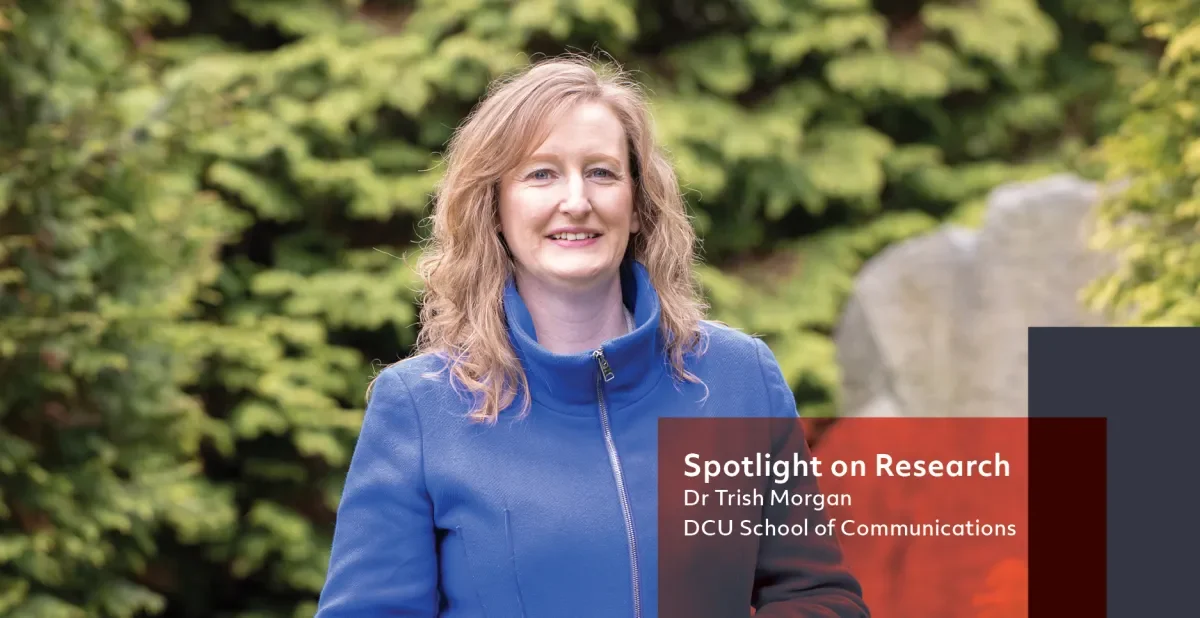

An ear to more effective environmental communication
SPOTLIGHT ON RESEARCH: Dr Trish Morgan, Assistant Professor, School of Communications, Dublin City University
Trish, you are interested in how we think and communicate about the environment. Why is that important?
We all need to be enabled to make informed decisions about the environment, because we are a part of it, so how we think and communicate about the environment is important. I am particularly interested in how as a society we relate to nature and the environment. In reality, the boundary between us and our environment is very thin, but often it is seen as something ‘out there’, or that humans have some kind of right to control our environment, and this can shape how we communicate about environmental issues.
What kind of research do you carry out?
“I explore how the media and cultural studies create knowledge about the environment. In one study funded by the Environmental Protection Agency I did analysed the main early evening news in Ireland, and I could see some interesting disconnects. For example, RTÉ had really solid coverage of the second IPCC report about climate change - they acknowledged IPCC terms terms like ‘severe’ and ‘pervasive’ - but then later in the same bulletin there was coverage of new long-haul services from the west of Ireland, which runs counter to sustainability and keeping carbon emissions down. I could also see how ads could give mixed messages during bulletins – for example, around November you had the IPCC report stressing an urgent need to improve sustainability, but then lots of ads encouraging people to buy new cars.”
How can knowing this help to improve environmental communication?
It can help when it comes to planning systemic changes for tackling these kinds of mismatches of messages around sustainability. Parts of the media may be hamstrung in terms of what they can discuss or the ads they can and can’t run, and this is something we need fir best practice in communicating environmental issues in mainstream media.
You have also taken a creative route to helping people connect with their local environment, tell us about that.
“For 12 months I recorded underwater sounds of life in the Shannon. I used those recordings to create an ecological art sound piece called The Miracle of One Thing, which brought out the sounds of insects and other life-forms in the water. Last April, I presented the piece at a public event in The Dock in Carrick-on-Shannon, and I have also visited schools in the area to help build awareness about the richness of life in the water.”
How did local people react?
Hearing the sounds has made people more aware of what is in the river, and from speaking to them I heard that they feel more protective towards it now, and they know there is a responsibility to look after the river and the life in it.
What are you working on now?
"My previous work has focused on mainstream media so now I’m working on a project to explore how digital cultural practices can communicate environmental data in new ways. I want to compare how non-commercial entities might offer different affordances when communicating environmental stories compared to more mainstream outlets.”
And finally, how do you take a break from work?
I like to do wildlife photography and sound recordings, it can be relaxing to go out with the equipment and just be there and keep still and wait to see the wildlife. I also enjoy yoga.
